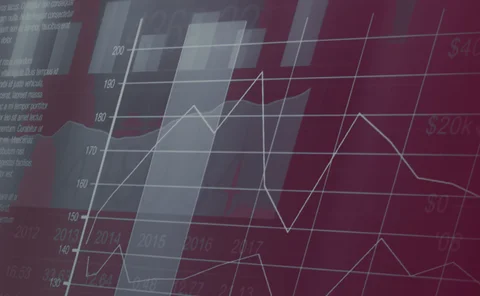Financial Stability 2023
Do central banks need more tools to regulate the financial system?
Policy-makers from Armenia, Thailand and New Zealand share perspectives on how to keep up with the ever-changing industry
Almost all central banks run stress tests on lenders
Most respondents say they conduct tests more than once a year
Housing markets worry high income countries’ central banks
Middle income countries point to inflation and cyber crime as sources of risk
Most central banks say cross-border cyber co-operation is good
Respondents from upper-middle income countries most likely to say co-operation could improve
Most central banks report rise in cyber attacks
Majority say they co-operate well with other agencies on cyber risks
Most central banks say AML/CFT co-operation is good
Small minority of institutions face problems working with domestic or foreign partner agencies
High income countries’ central banks more likely to say AML/CFT risks are rising
Majority of institutions from middle income countries say money laundering risks have not risen
Central banks in high income countries less likely to want NBFI reform
But many central banks in middle income nations want regulatory changes
Bank resolutions averaged 1.8 cases in last decade – central banks
Lower-middle income countries report higher mean number of resolutions
Most central banks operate in jurisdictions with deposit guarantee schemes
Few operate their country’s DGS, and some are working to reform schemes’ design
Financial Stability Benchmarks 2023 charts
Take a deep dive into the Financial Stability Benchmarks charts, which have just been released for 2023
Reserve requirements and countercyclical buffers are most common macro-pru tools
Dynamic provisioning and limits on credit growth are least-used measures
Financial stability resources are sufficient, most central banks say
Some say they need to improve access to data, training and specialist staff
Most central banks say they have enough financial stability staff
Some face problems including lack of resources, uncompetitive salaries and complex training needs




